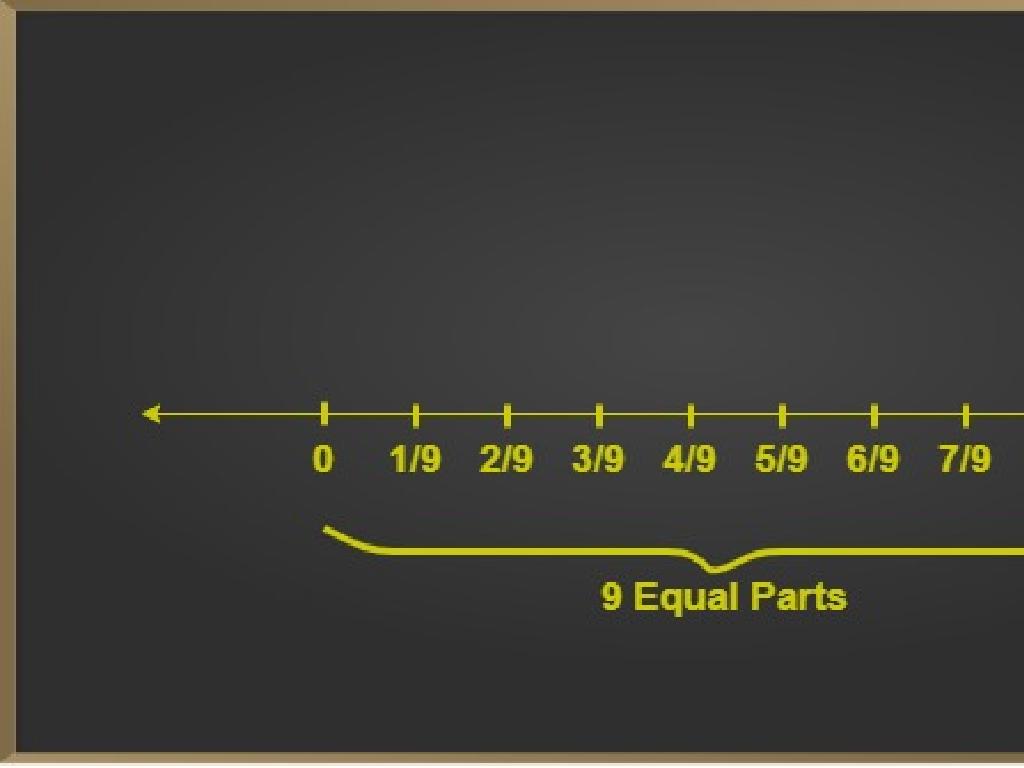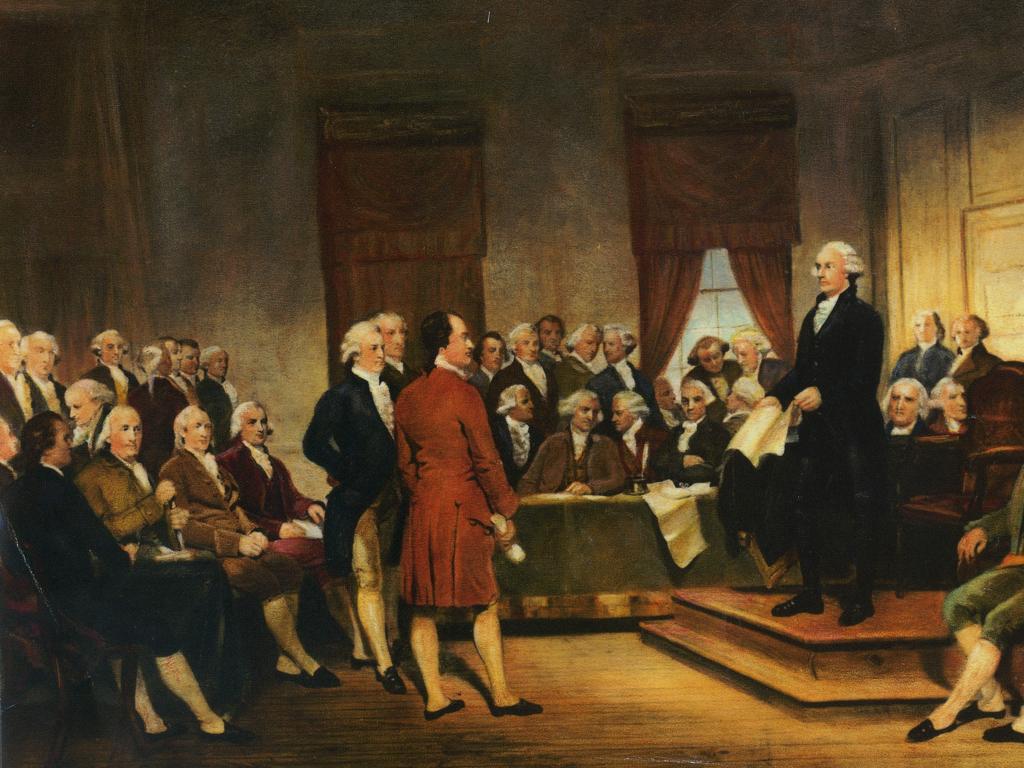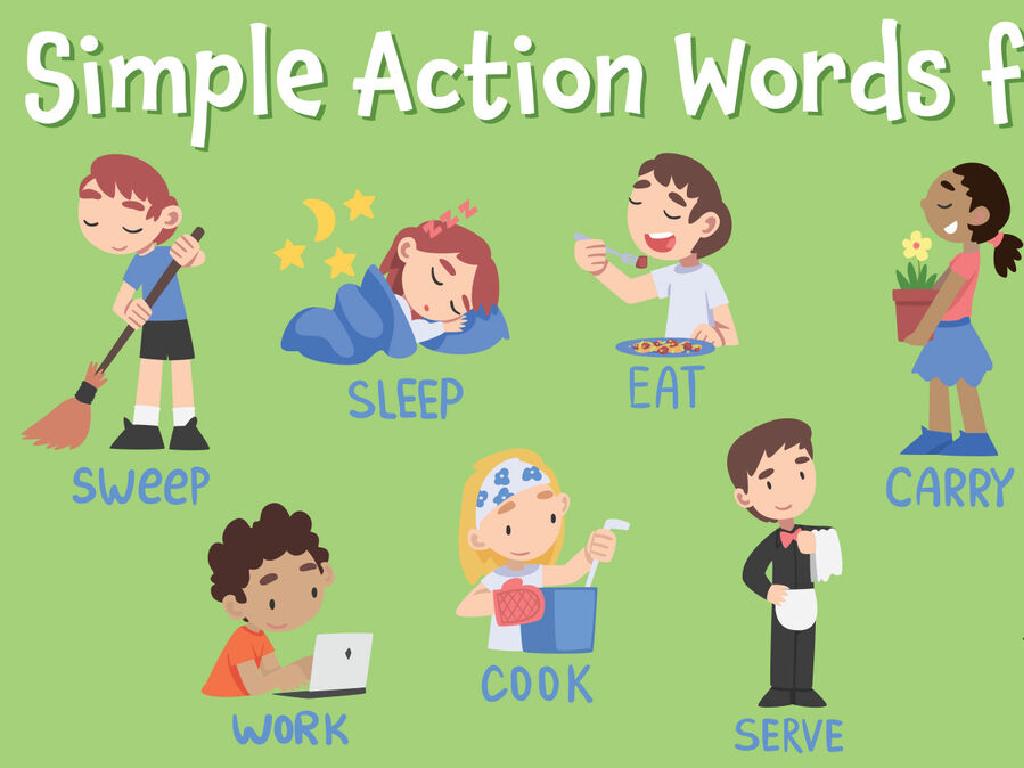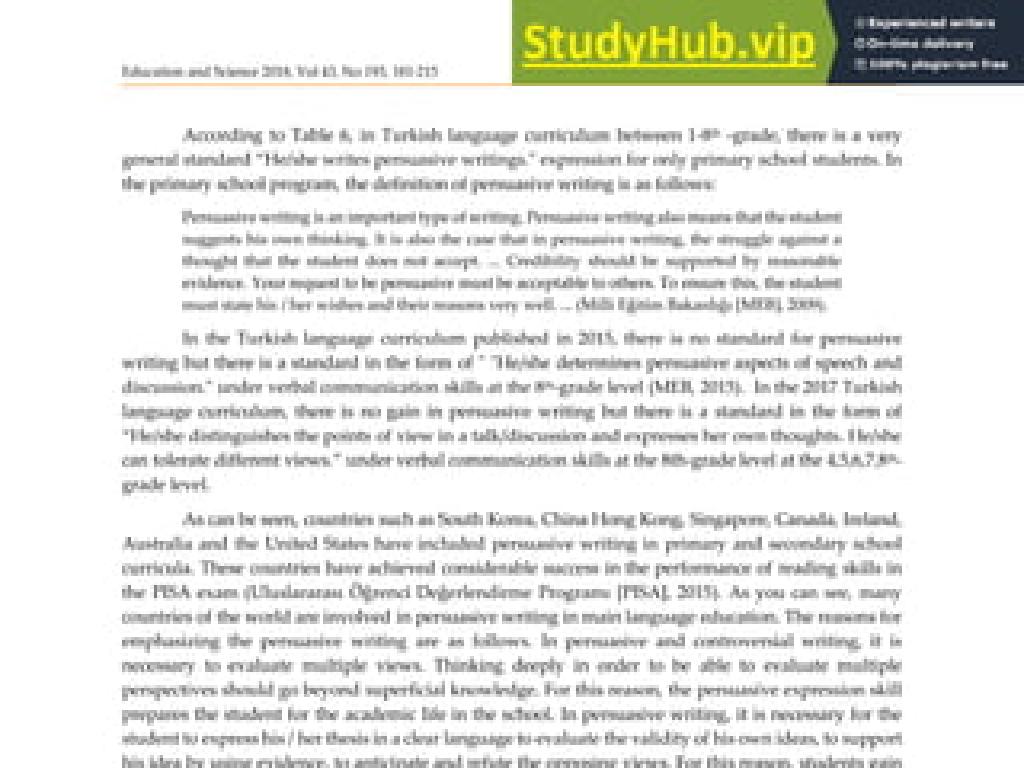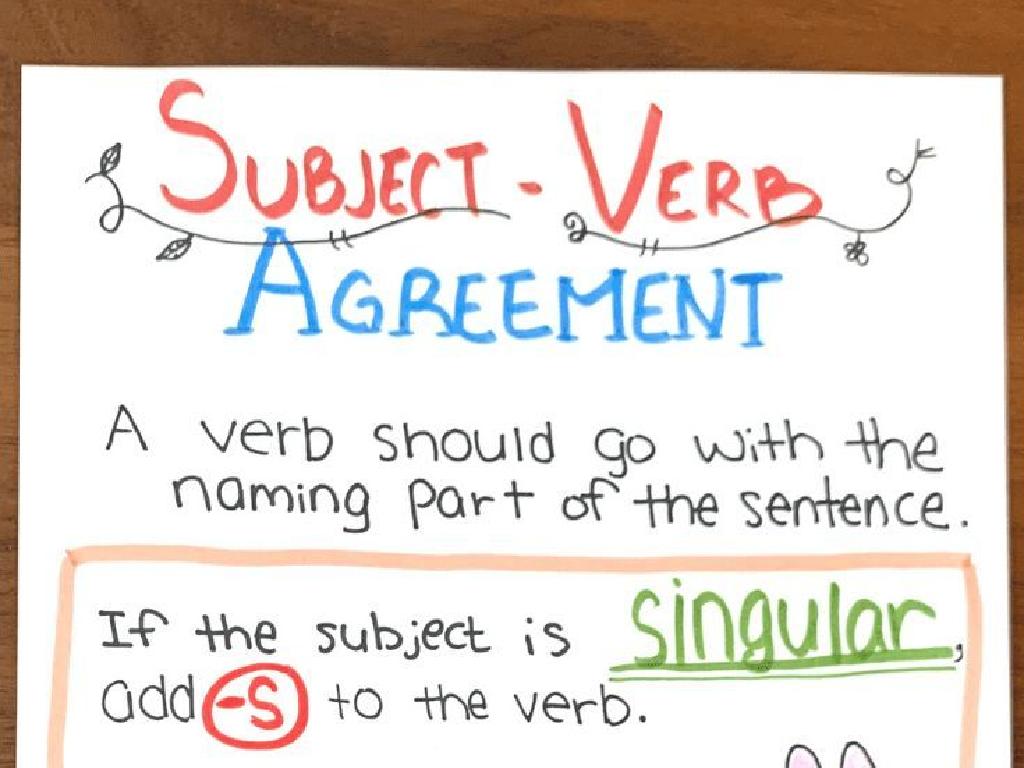Add With Cubes - Sums Up To 10
Subject: Math
Grade: First grade
Topic: Understand Addition
Summary: This first grade math lesson introduces addition with sums up to 10 using colorful cubes as visual aids. Students will learn to combine numbers, use the plus sign, and count cubes to find totals up to 10. Engaging activities, including building cube towers and hands-on practice in pairs, help reinforce addition skills. The interactive approach fosters mastery and confidence in early math through collaborative and tactile learning.
Please LOG IN to download the presentation. Access is available to registered users only.
View More Content
Welcome to Addition!
– Learning to add numbers
– Using cubes for addition
– Cubes make it fun and easy to see how addition works
– Adding numbers up to 10
– We’ll practice adding different numbers together until we reach 10
– Aim for mastery by lesson’s end
|
This slide introduces the concept of addition to first graders in a fun and interactive way by using cubes. Start the lesson by explaining that addition is a way of finding out how much you have in total when you put groups of things together. Show how cubes can be used as a visual and tactile aid to help them understand the concept of adding two or more numbers. Throughout the lesson, guide the students to use the cubes to add various combinations of numbers, ensuring they do not exceed the sum of 10. By the end of the lesson, the goal is for each student to feel confident in their ability to add numbers up to 10 using the cubes. Encourage participation and praise their efforts to foster a positive learning environment.
What is Addition?
– Addition combines numbers
– Like stacking blocks to see how tall
– Adding finds the total count
– If you have 3 apples and 2 apples, how many in all?
– The ‘+’ sign means add
– It’s like a cross that brings numbers together
– Practice adding with cubes
– Use cubes to add up to 10, like 4 cubes + 6 cubes
|
This slide introduces the concept of addition to first graders. Start by explaining that addition is like combining things together, such as stacking blocks to make a tower. Use relatable examples like combining apples to show how we find the total amount. Introduce the addition sign ‘+’ and explain that it’s like a cross that brings numbers together. Encourage hands-on practice with physical cubes, helping students to visually and tangibly understand the concept of adding numbers up to 10. This will set a foundation for their understanding of addition as they progress in math.
Counting Cubes: Adding Up to 10
– Cubes as counting tools
– Cubes help us visualize counting and adding.
– Each cube equals one
– Combining cubes to add
– Stack cubes to find the sum of two numbers.
– Total cubes make a sum
– If we have 4 cubes and add 3 more, our sum is 7.
|
This slide introduces the concept of using physical objects, specifically cubes, to help first graders understand addition. Each cube represents a single unit, and by combining them, students can visually see the total amount, aiding in their comprehension of addition. The goal is to help students recognize that addition is simply the combination of separate groups into one total sum. For the class activity, provide students with a set of cubes and ask them to practice adding different numbers together to make sums up to 10. Encourage them to count aloud as they add each cube to reinforce the concept. Possible activities include pairing students to add their cubes together, challenging them to find all the different ways to make 10 with their cubes, or having a ‘cube race’ where they compete to see who can make 10 the fastest.
Let’s Add Together with Cubes!
– Start with 3 cubes
– Add 2 more cubes
– Count all the cubes together
– Counting: 1, 2, 3, 4, 5!
– Understand 3 + 2 equals 5
– 3 cubes plus 2 cubes make 5 cubes
|
This slide is designed to introduce first-grade students to the concept of addition using physical objects like cubes. Start by showing them 3 cubes and then adding 2 more. Have the students count each cube out loud as a group to reinforce the concept of counting on. After counting, help them understand that when we add 2 cubes to the 3 cubes we already have, we end up with a total of 5 cubes. This visual and interactive approach helps solidify the basic addition concept that combining two groups of items results in a larger group. Encourage students to use their fingers or other classroom objects to practice this addition strategy.
Adding Up to 10 with Cubes
– Adding makes bigger numbers
– Let’s solve examples together
– We’ll use cubes to add numbers on the board
– We stop adding at 10
– Practice makes perfect
– Keep practicing with different numbers to get sums up to 10
|
This slide introduces the concept of addition as a means to combine smaller numbers to create larger numbers, with a focus on sums that do not exceed 10. Emphasize the concept of ‘adding’ as putting together and ‘sum’ as the total amount. Use physical cubes to demonstrate addition on the board, allowing students to visualize the process. Reinforce the limit of 10 to keep the activity within the scope of their learning level. Encourage students to participate by solving examples as a group and remind them that practicing with different combinations will help them become more comfortable with addition up to 10.
Practice Time: Adding with Cubes
– Try adding with your cubes
– Make numbers up to 10
– Use cubes to add 1+1, 2+2, until you reach 10
– Work with a partner
– Share cubes and help each other
– Find as many combinations as you can
– Who can find the most ways to add to 10?
|
This slide is designed for an interactive class activity where students will use physical cubes to practice addition. The goal is for them to explore different combinations that add up to 10. Encourage them to start with smaller numbers and gradually increase. They should work in pairs to foster collaboration and discussion about different strategies. As a teacher, walk around the classroom to assist and ask guiding questions. Possible activities include: 1) Race to find all combinations to 10, 2) Build a ‘cube tower’ with correct sums, 3) Cube trade with partners to find new sums, 4) Group challenge to see which pair can find the most combinations.
Review: Adding with Cubes Up to 10
– Adding makes one total number
– The ‘+’ sign means add together
– Cubes show us addition visually
– Like building blocks, each cube adds to our total
– Practice adding with cubes
– Try adding 2 cubes to 3 cubes. What’s the total?
|
This slide is a review of the basic concepts of addition for first graders. Start by reinforcing the idea that adding is combining numbers to find a total. Explain that the ‘+’ sign is a symbol used to indicate addition. Use physical or visual cubes to demonstrate how addition works, showing that each cube represents a number. As you stack cubes together, students can visually see the total amount increasing. Encourage hands-on practice by having students use cubes to add numbers together up to 10, solidifying their understanding of the concept. For example, if a student adds 2 cubes to 3 cubes, they should be able to count all the cubes and find that the total is 5.
Class Activity: Cube Towers
– Build towers using cubes
– Each tower sums up to 10
– Share your towers with the class
– Explain your sum to the class
|
This activity is designed to help students understand addition by physically manipulating objects. Each student will use cubes to build towers where the total height represents a sum that equals 10. Encourage creativity in how they combine the cubes to reach the total sum. Possible activities include: 1) Pairing students to build towers together, 2) Challenging them to find all possible combinations, 3) Having a ‘gallery walk’ where students observe and discuss each other’s towers, 4) Asking students to draw their towers and the corresponding addition sentence, 5) Creating a class chart of all the different ways to make 10. This hands-on approach solidifies the concept of addition as combining parts to make a whole.
Great Work on Addition!
– Excellent adding with cubes
– Practice to perfect your skills
– Remember, the more you practice, the better you get!
– Continue practicing at home
– Use your cubes to practice sums up to 10
– Next lesson: Adding bigger numbers
|
This slide is meant to congratulate the students on their hard work during the lesson and to encourage them to continue practicing at home to solidify their understanding of addition with sums up to 10. Emphasize the importance of practice in mastering new skills. Provide some simple homework tasks, such as adding different sets of cubes to make 10, and encourage them to teach someone at home what they learned. Prepare them for the next class by letting them know that they will be building on their current knowledge to add bigger numbers, which will be an exciting new challenge.

